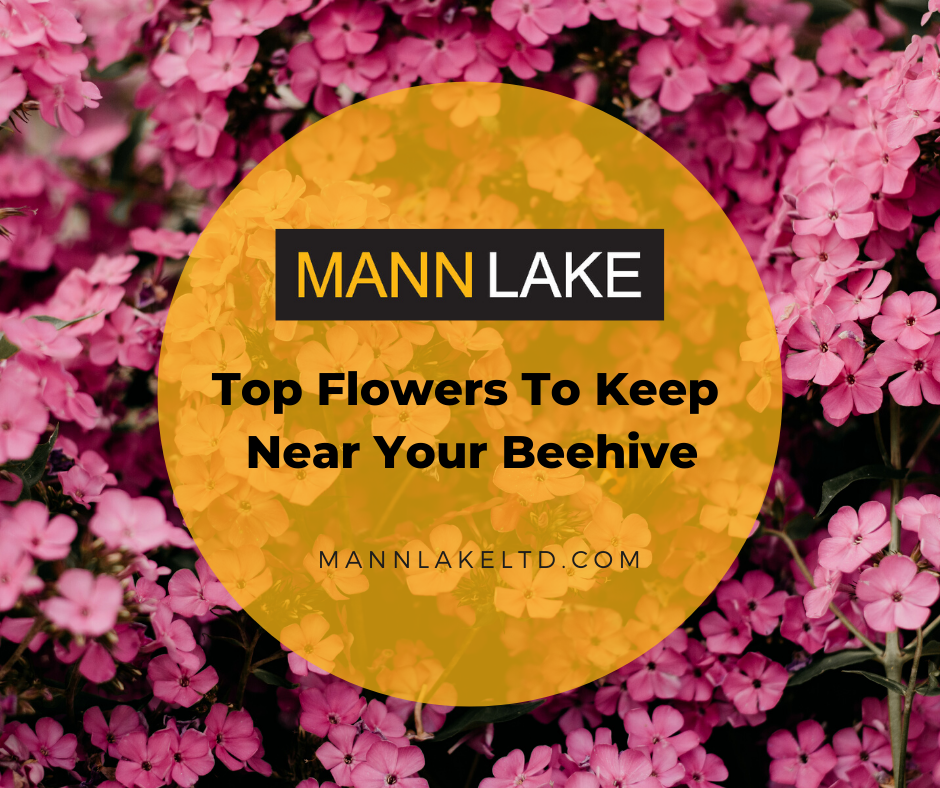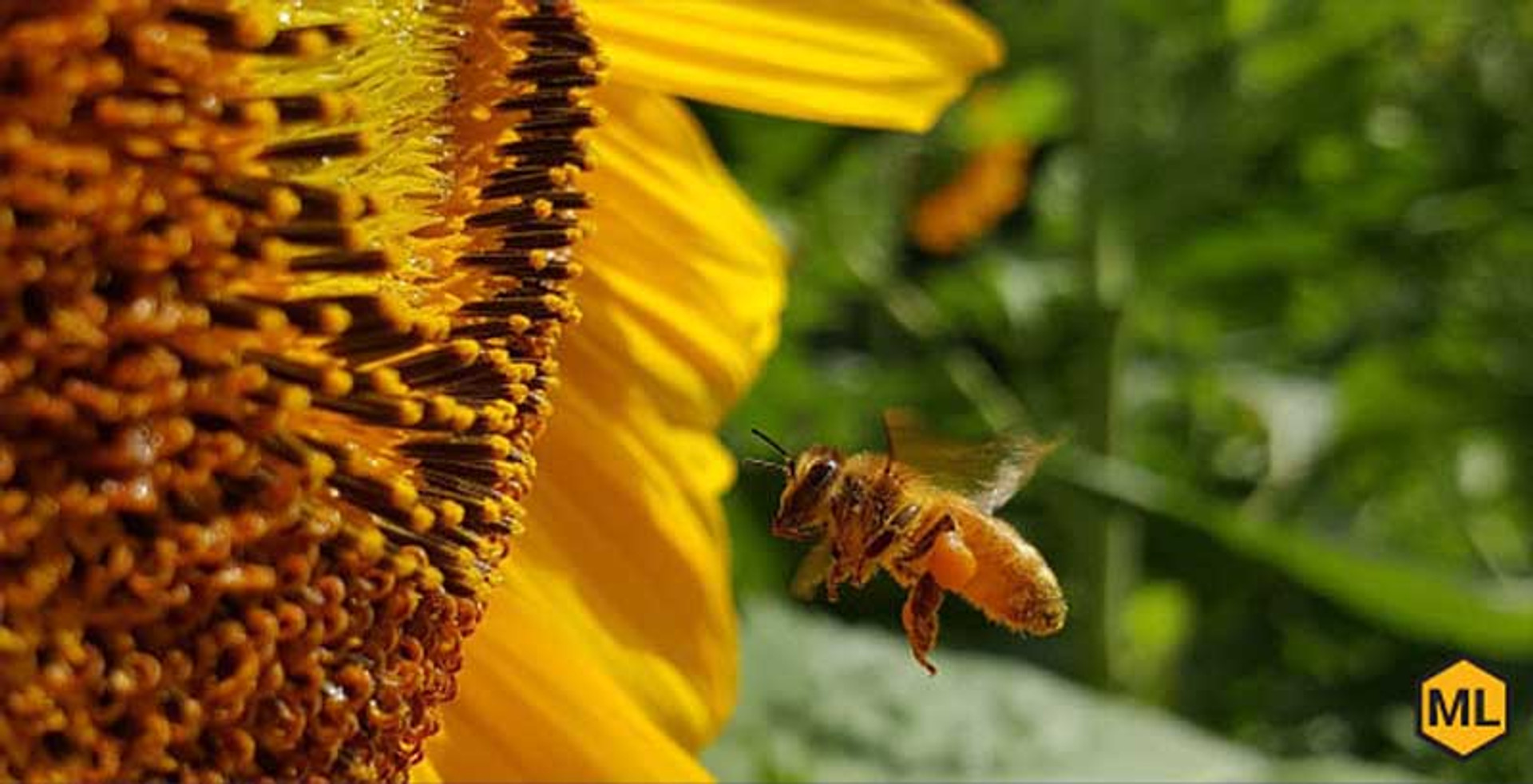Top Flowers To Keep Near Your Beehive
One of the best additions to any apiary is a garden full of colorful, thriving blooms. Your hives will look even better nestled within such natural beauty, and your honey bees will also have access to some of the best plants for nectar and pollen collection.
When you buy bees for your apiary, planting the right flowers for them should be a priority. You want to choose a variety of shapes, colors, and blooming periods. This will give your honey bees a thorough range of flowers to choose from all season long. Remember that determining what’s best for your climate and your honey bees might take some trial and error. To get started, try your hand at these top flowers to keep near your beehive.

Sunflowers
The bright yellow and orange hues of sunflowers are great ways to attract passing honey bees. Sunflowers actually contain several smaller, tubular disc flowers within their center. Each of these smaller tubular discs contains its own store of nectar and pollen, making every sunflower a treasure trove for eager pollinators. Plant sunflowers in late spring or early summer to attract your honey bees throughout the summer and into early fall.
Sedum
If you want to give your honey bees a last-minute bloom before winter sets in, try planting sedum. This late bloomer thrives at the end of summer, giving your hives a reliable resource as they make their winter preparations. The shallow, star-shaped flower also gives your honey bees easy access to the nectar within each bloom. There are many varieties of sedum flowers, but the Autumn Joy sedum is easily among the top flowers to keep near your beehive.
Marigolds
With the proper care, marigolds will bloom annually and last the entire summer. This makes them excellent resources for your honey bees to visit throughout their foraging season. Some gardeners have even reported that marigolds are effective natural solutions to keeping other insects and pests away from your other blossoms. This serves as an excellent alternative to chemical pesticides, which you should never use within your honey bees’ foraging range.

